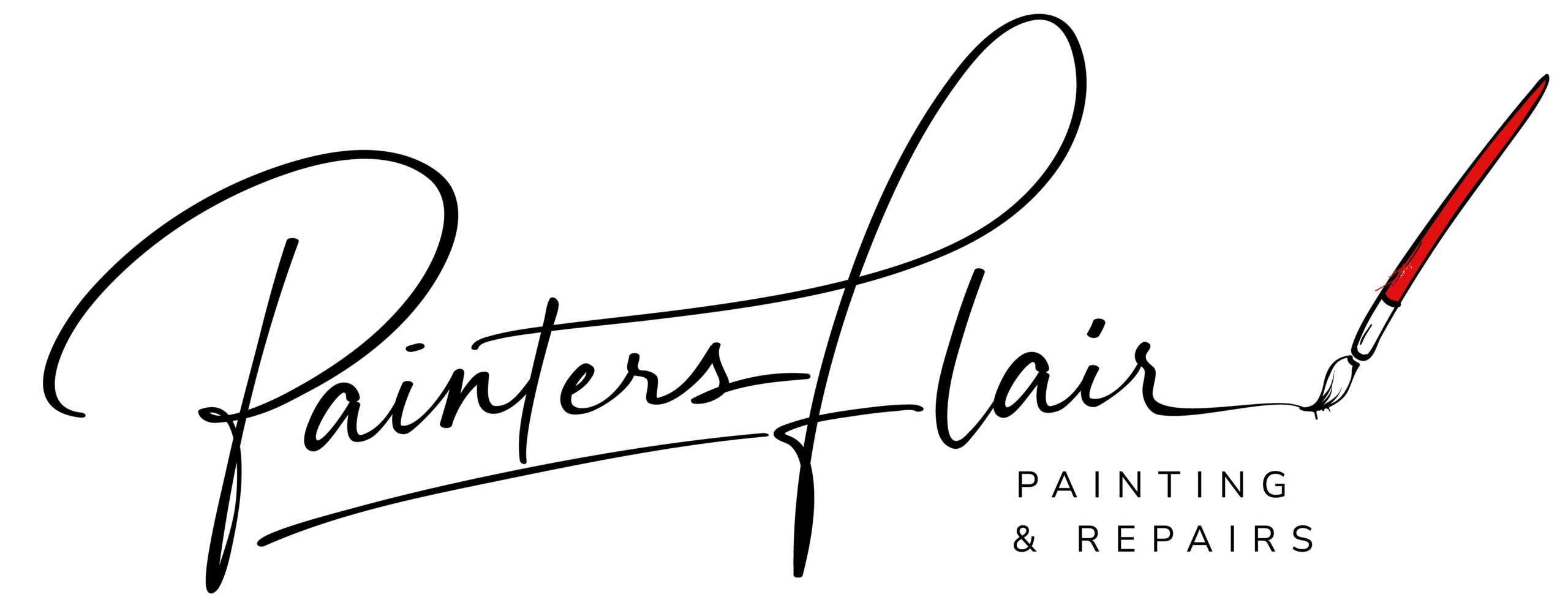
When it comes to painting your home, there are several important factors to consider to ensure a successful and satisfactory outcome. From assessing the natural light in the rooms to selecting the right paint sheen and ensuring proper preparation, every step plays a crucial role in achieving a professional finish. In this guide, we will cover the essential considerations and procedures for painting your home, providing you with valuable insights and tips for a successful painting project.
Natural Light Assessment
One of the first considerations when painting the interior of your home is the amount of natural light that each room receives. Natural light can significantly influence the way paint colors appear. It will affect their tone and overall ambiance. Rooms with ample natural light may showcase colors differently compared to those with minimal light. It is essential to assess the natural light in each room before finalizing your paint color choices. Here are a few tips to consider:
- Take note of the direction the room faces, as it can impact the intensity and color of natural light.
- Observe the light at different times of the day to understand its variation.
- Consider the impact of artificial lighting in conjunction with natural light.
Choosing the Right Paint Sheen
The sheen of the paint can influence both the appearance and durability of the painted surface. Different sheens offer varying levels of shine and durability. Furthermore, making it important to select the appropriate sheen for each specific area of your home. Here’s a quick overview of common paint sheens and their suitable applications:
- Flat or Matte: Ideal for low-traffic areas such as adult bedrooms and ceilings.
- Eggshell: Offers a subtle sheen and is suitable for moderate-traffic areas like living rooms and dining rooms.
- Satin: Provides a gentle sheen and is often used in high-traffic areas such as hallways and children’s bedrooms.
- Semi-Gloss and Gloss: Known for their high durability and shine, these sheens are best suited for areas prone to moisture and frequent cleaning, such as kitchens, bathrooms, and trim work.
Painting Procedures
Once you have assessed the natural light and selected the appropriate paint sheen, it’s important to follow proper painting procedures to achieve a flawless finish and long-lasting results. Consider the following essential steps:
- Preparation: Thoroughly clean the surfaces to be painted to remove dirt, dust, and grime. Repair any dents, nail pops, or uneven areas on the walls to ensure a smooth painting surface.
- Priming: Use a high-quality primer to prepare the walls before applying the paint over bare walls. Even more important, prime walls if you are painting over oil base paint.
- Paint Application: Invest in high-quality paint brushes, rollers, and other painting tools to achieve a professional finish. Proper technique and application can make a significant difference in the final result.
- Protection: Cover the flooring in the areas you plan to paint to prevent accidental spills and drips. Use drop cloths or plastic sheeting to safeguard your floors and furniture.
- Safety: Ensure that you have the appropriate ladders for the project and use caution when climbing on varnished or glossy surfaces to prevent accidents and ensure personal safety.
By following these painting procedures, you can elevate the overall quality of your painting project and enjoy a more satisfying outcome.
Importance of Quality Materials and Tools
Investing in high-quality paint, painting tools, and materials can make a notable difference in the final result of your painting project. While it may be tempting to cut costs on supplies, using inferior products can lead to unsatisfactory results and the need for premature repainting. Here are some key considerations:
- Choose premium paint that offers better coverage, durability, and color retention.
- Invest in high-quality brushes and rollers to achieve a smooth and even application of paint.
- Consider using painter’s tape to create clean and precise edges when painting adjacent surfaces.
Conclusion
When it comes to painting your home, careful consideration of natural light, paint sheen selection, appropriate painting procedures, and the use of quality materials and tools can greatly contribute to the success of your project. By assessing these factors and following the recommended guidelines, you can achieve professional-looking results and create a visually appealing living space that reflects your personal style and preferences.
Remember, proper painting procedures and attention to detail, and safety measures are essential elements of a successful painting project. Whether you are embarking on a DIY painting endeavor or seeking professional assistance, incorporating these considerations will ensure a satisfying and long-lasting finish for your home.
